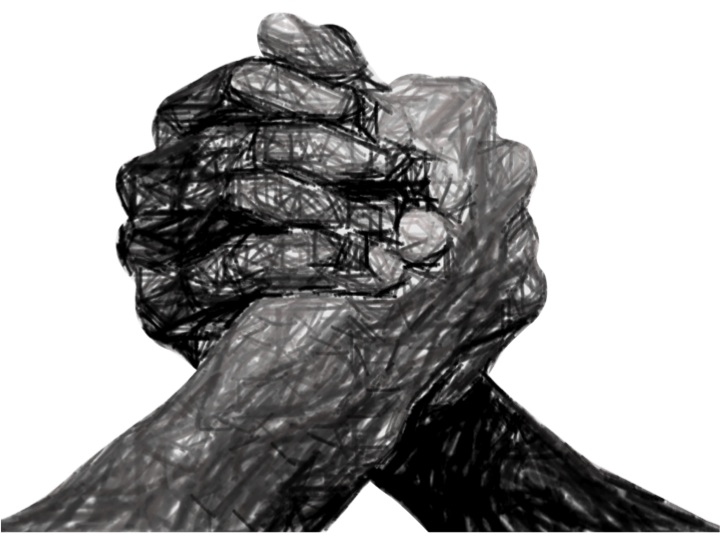Article 9 -- No Title
New York Times. Apr 21, 1897
WASHINGTON, April 20. -- Mr. and Mrs. Cornelius Vanderbilt and their household returned to New York to-day, after having spent three delightful months in Washington. The Vanderbilts occupied the Lowery mansion at K Street and Vermont Avenue, and their coming caused quite a flutter in fashionable circles.
[PDF, Timeline]
THE COAL TRUST INQUIRY
New York Times. Jun 9, 1897
ALBANY, June 8. -- Judge Chester, in Chambers this morning, opened at 10 o'clock the hearing in the application of the counsel for the Presidents of the various coal railroads to vacate an order directing the examination of such Presidents before a referee There appeared in support of the motion, David McClure, for the Delaware, Lackawanna and Western Railroad, representing President Sloan; R.W. De Forest, for the New Jersey Central, representing President Maxwell; John B. Kerr, for the Ontario and Western, representing President Fowler, and Messrs. Wilcox and Carr, for the Delaware and Hudson Railroad, representing President Olyphant.
[PDF, Timeline]
MODEL HOME FOR WOMEN.
New York Times. Apr 30, 1898
A model home for self-supporting women, at 49 West Ninth Street, was opened with appropriate exercises yesterday afternoon by the Ladies' Christian Union of the City of New York. The home is a large building of Colonial design. It will accommodate forty-eight guests in single and double rooms and rooms with three beds.
[PDF, Timeline]
TO HEDGE OUT PRYING EYES
New York Times. Oct 23, 1898
Plans were filed yesterday with the Department of Buildings for a four-and-a-half-story sheet-iron fence to be erected in the rear of the three-story and basement dwelling at 140 East Eightieth Street, owned by Mrs. Hannah Asiel, and occupied by herself and Jacob Asiel, her husband, who is a dealer in coal.
[PDF, Timeline]

